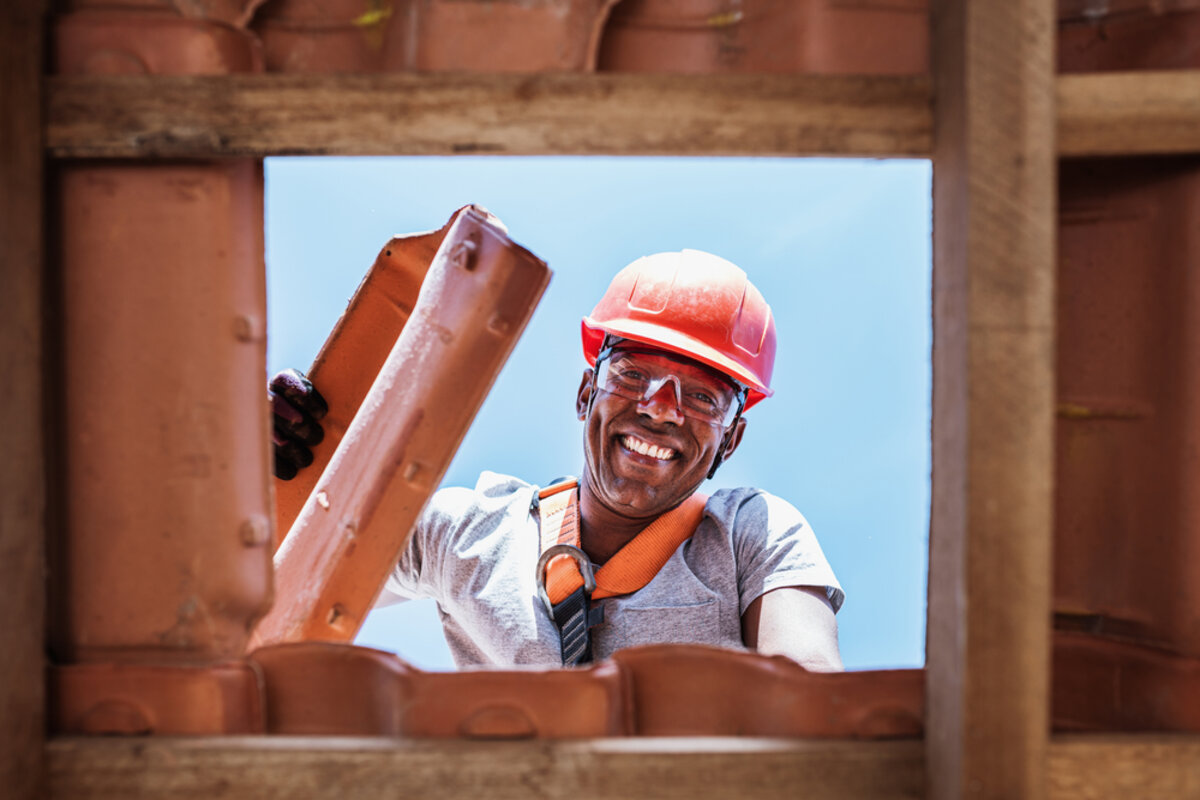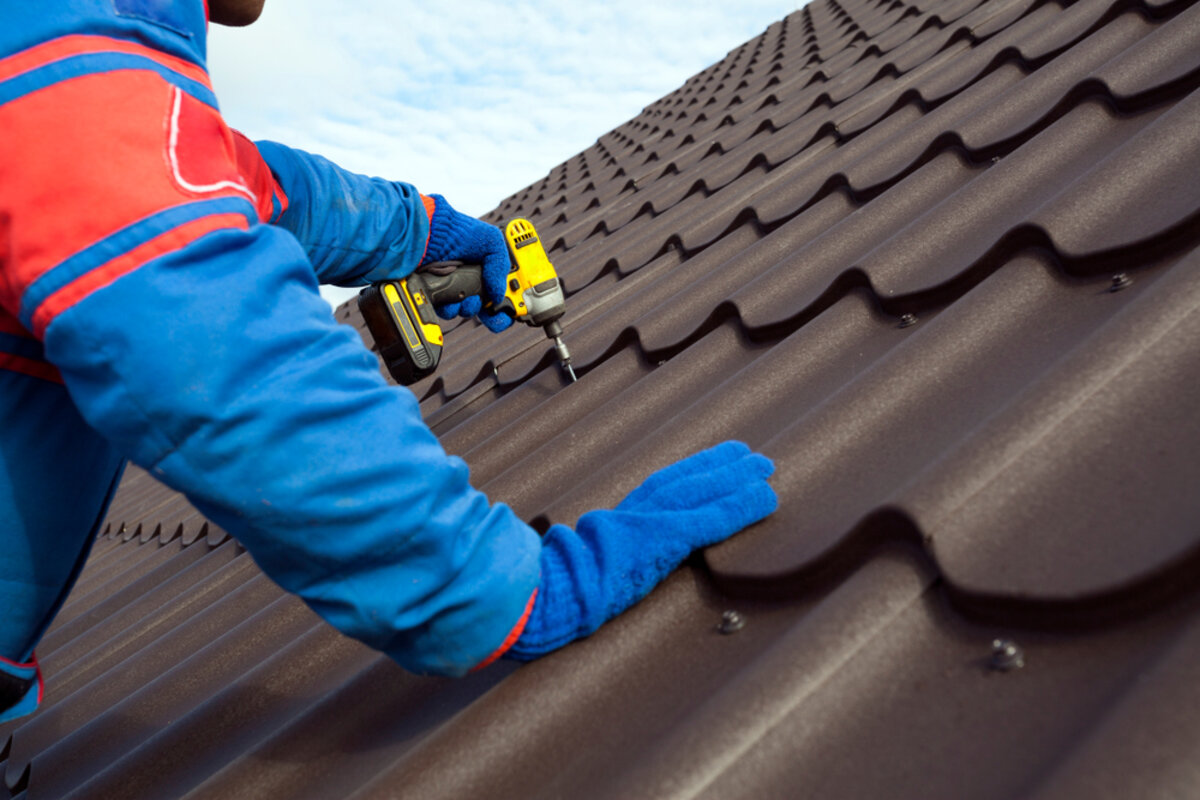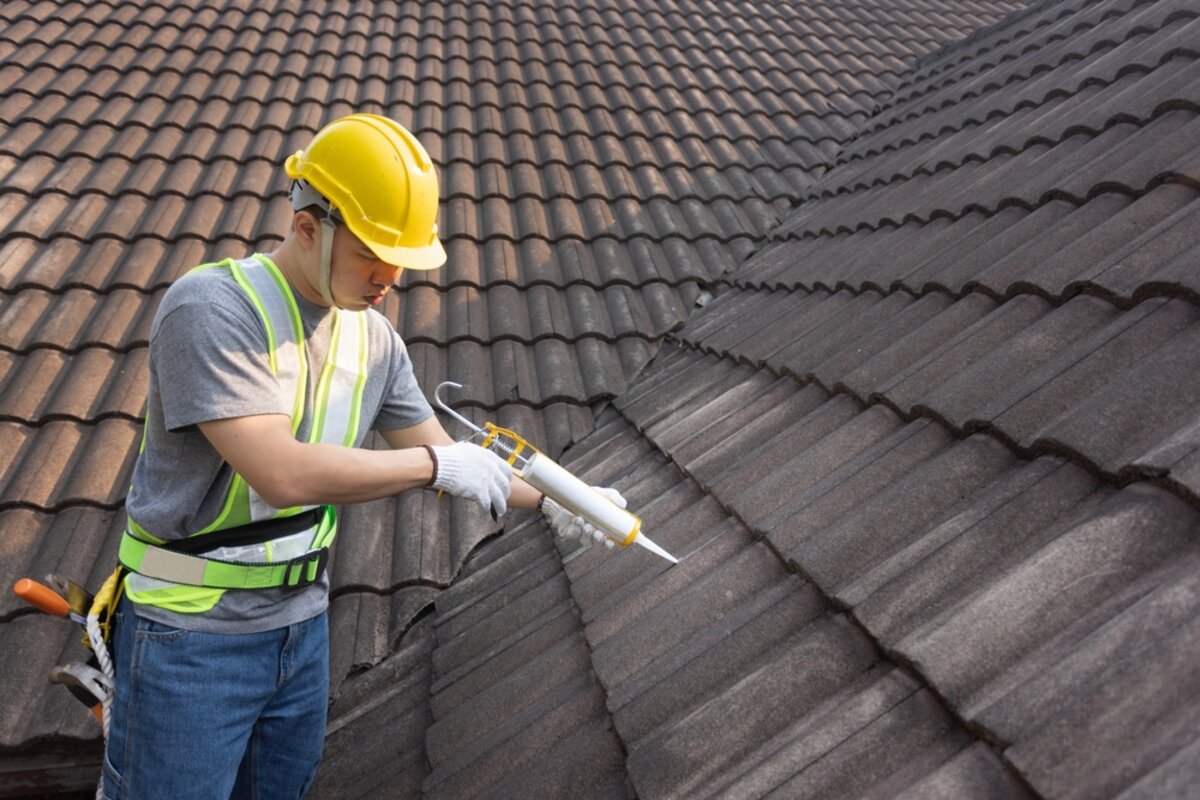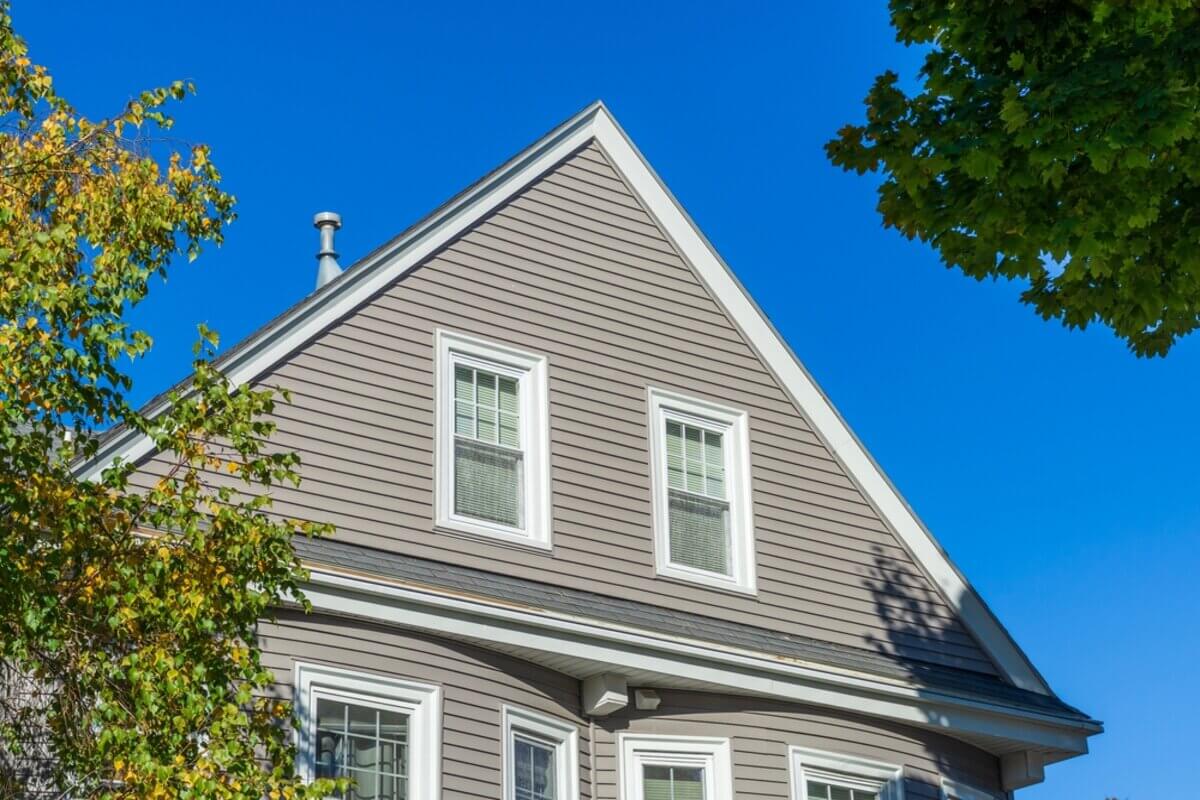A roof replacement is a major home improvement project that requires precise timing and coordination. However, it’s not uncommon for homeowners to experience setbacks, sometimes stretching a project that was expected to take days into several weeks. These delays can be frustrating, costly, and may even expose your home to additional risks, such as water damage. Understanding the most common causes of roof replacement delays is the first step in preparing for the unexpected.
Unpredictable Weather Conditions
Rain, Snow, and Wind: The Biggest Culprits
One of the most frequent causes of roof replacement delays is weather. Since roofing is outdoor work, it’s highly dependent on favorable conditions. Even a well-planned project can come to a screeching halt due to rain, snow, or high winds. Contractors cannot safely work in such conditions, and wet or icy roofs pose significant safety risks for workers and can affect the installation process.
Even if the forecast looks clear when a project is initially scheduled, weather patterns can change unpredictably. Rain can prevent the installation of roofing materials, as moisture trapped under shingles can lead to mold growth or structural damage over time. High winds, on the other hand, make it dangerous to transport and install large materials like shingles or metal panels.
Temperature Extremes: Too Hot or Too Cold
Not only can rain and wind delay roof replacements, but extreme temperatures also play a role. Extremely hot weather can cause shingles to warp during installation, while extremely cold conditions can make materials brittle and hard to work with. Either scenario can create delays, as contractors may need to reschedule work to ensure proper installation.
Permit and Inspection Issues
Local Building Permits
Roofing projects, particularly full roof replacements, often require permits from the local municipality. These permits ensure that the project meets building codes and safety standards. However, delays in the permitting process can cause unexpected setbacks. Depending on your location, securing a permit might take longer than anticipated due to the workload of local government offices, the complexity of the project, or incomplete paperwork.
Inspection Hold-Ups
After the roof replacement is complete, it often must pass a final inspection by a local building inspector. If the project isn’t compliant with regulations, it may require adjustments before passing the inspection, which can add time to the completion. In some cases, the inspection itself may be delayed due to the inspector’s schedule, causing a hold-up in finalizing the roof replacement.
Unforeseen Structural Damage
Hidden Problems Uncovered
During the roof replacement process, contractors sometimes discover hidden damage to the roof’s structure. This could be anything from water damage, rotten wood, or even pest infestations. These issues can require additional repairs or replacements, which extend the timeline. Often, the scope of the project must be adjusted, and additional materials need to be ordered, further contributing to delays.
While most roofing contractors try to anticipate these problems, it’s impossible to know the full extent of the damage until the old roof is removed. If structural repairs are necessary, they must be addressed before the new roof can be installed, leading to inevitable delays.
Material Shortages and Delivery Delays
Supply Chain Issues
Another common cause of roof replacement delays is related to the availability of materials. Roofing materials such as shingles, tiles, underlayment, and metal flashing can sometimes be in short supply. This can happen due to manufacturing delays, high demand, or shipping disruptions. When materials are delayed, roofing contractors must wait until they arrive to proceed with the project.
Specialty Materials
If a homeowner chooses specialty roofing materials, such as slate tiles or custom metal panels, it may take longer to source and deliver these materials. Custom orders often have longer lead times, and any mistake in ordering or manufacturing can further delay the project. To avoid delays due to material shortages, homeowners should work closely with their contractor to select readily available materials and plan for potential delays in advance.
Contractor Scheduling Conflicts
Busy Seasons
Roofing companies often experience peak seasons, especially in areas with harsh winters or rainy seasons. During these busy times, contractors may be juggling multiple projects, and any delay in one job can cause a ripple effect, pushing back other scheduled work. If a roofing contractor is overbooked, it can lead to delays in starting or finishing a roof replacement.
Unforeseen Circumstances
Contractors, like anyone else, are subject to unexpected events such as personal emergencies or health issues. While these occurrences are rare, they can still contribute to project delays. Additionally, labor shortages or unavailability of skilled workers can impact the timeline for a roof replacement.
Conclusion
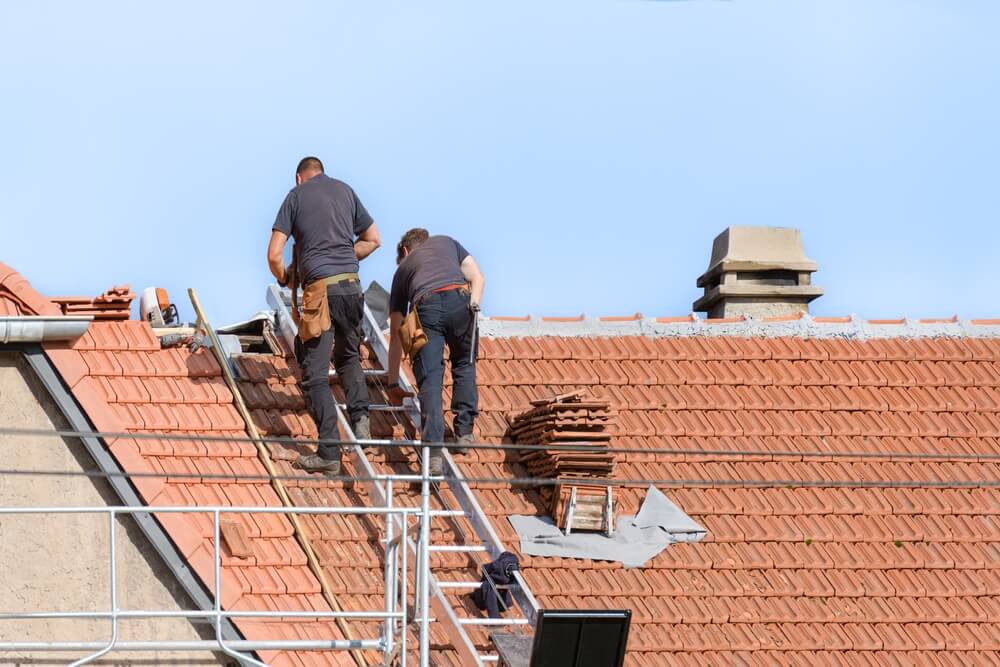
While some delays are inevitable, homeowners can take steps to minimize the likelihood of extended setbacks. First, always hire a reputable contractor with experience in roof replacement. Ask about their scheduling practices and plan the project during seasons with milder weather, if possible. Ensuring all necessary permits are obtained before the project starts and communicating clearly with your contractor can also help avoid unnecessary delays.
Ultimately, roof replacement delays can happen for various reasons, but being aware of the most common causes can help homeowners manage expectations and plan accordingly. If you’re planning a roofing project and want to avoid these common pitfalls, contact Perfect Exteriors today. Our team is dedicated to delivering efficient, high-quality roofing services with as few delays as possible.

